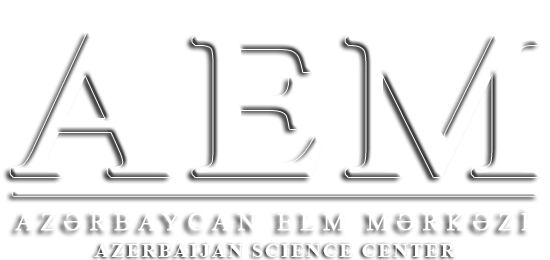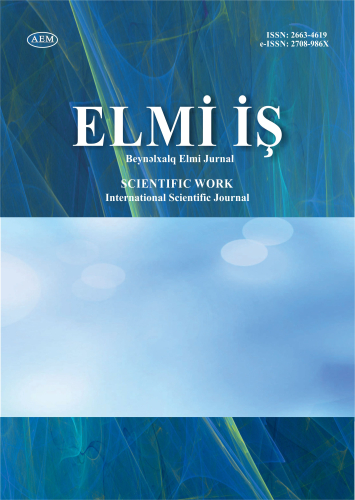Arxiv
2024 Şəhla Nihan qızı Əliyeva
V.Y.Axundov adına Elmi-Tədqiqat
Tibbi Profilaktika İnstitutu
biologiya üzrə fəlsəfə doktoru
shahlaaliyeva1969@gmail.com
ÜÇGÜNLÜK MALYARİYA TÖRƏDİCİSİNİN İN VİTRO KULTİVASİYASINDA
RETİKULOSİTLƏRİN VƏ PRİMAT ERİTROSİTLƏRİNİN TƏTBİQİ
Xülasə
Məlum olduğu kimi, üçgünlük malyariya törədicisi olan P.vivax-ın merozoitləri, əsasən, cavan retikulositlərə üstünlük verir. Bu, onların səthində çoxlu reseptorların olması ilə əlaqədardır (DARC, CD71 və s.). Retikulositlər normositlərə çevrilərkən bir çox reseptorlarını itirir, bu da P.vivax merozoitlərinin yetkin eritrositlərə daxil olmasına əngəl törədir. P.vivax-ın kultivasiyası sahəsində gələcək işlər parazitin in vitro inkişafında cavan retikulositlərin səthindəki çoxsaylı reseptorlarının rolunu müəyyənləşdirməyə yönəlməlidir. Həmçinin P.vivax-ın retikulositlərə tropizminin əsasında duran reseptor-liqand əlaqələrinin araşdırılması da çox önəmlidir. Bəzi primat növləri (S.boliviensis) Plasmodium vivax üçün in vivo sahib orqanizm hesab olunur. Bu səbəbdən törədici bu meymun eritrositlərində in vitro şəraitdə uzun müddət saxlanıla bilir. Göstərilən istiqamətdə tədqiqatların davam etdirilməsi üçgünlük malyariya törədicisinin molekulyar biologiyasının öyrənilməsi üçün çox əhəmiyyətlidir.
Açar söz: malyariya, P.vivax, fasiləsiz kultura, merozoitlər, invaziya, retikulositlər, meymun eritrositləri
Shahla Nihan Aliyeva
Application of reticulocites and erythrocytes of primats in
cultivation of the three-day malaria in vitro
Abstract
As is known, the merozoites of the three-day malaria pathogen P.vivax prefer young reticulocytes. This is due to the presence of many receptors on their surface (DARC, CD71, etc.). When reticulocytes become normocytes, they lose many of their receptors, which prevents P.vivax merozoites from entering mature erythrocytes. Further work on the cultivation of P.vivax should be aimed at determining the role of multiple receptors on the surface of young reticulocytes in the development of the parasite in vitro. It is also very important to investigate the receptor-ligand relationships underlying P.vivax tropism for reticulocytes. Some primate species (S.boliviensis) are considered in vivo hosts for Plasmodium vivax. For this reason, in vitro, the pathogen can persist for a long time in the erythrocytes of this monkey. Continued research in this direction is very important for studying the molecular biology of the causative agent of three-day malaria.
Keywords: imalaria, P.vivax, continuous culture, merozoites, invasion, reticulocytes, monkey erythrocytes
MƏQALƏNİ YÜKLƏ
[264.52 Kb] (yüklənib: 22)
Baxış:
308

